Menu
Close
Close
Deliver immersive, competency-based training to help all job seekers thrive
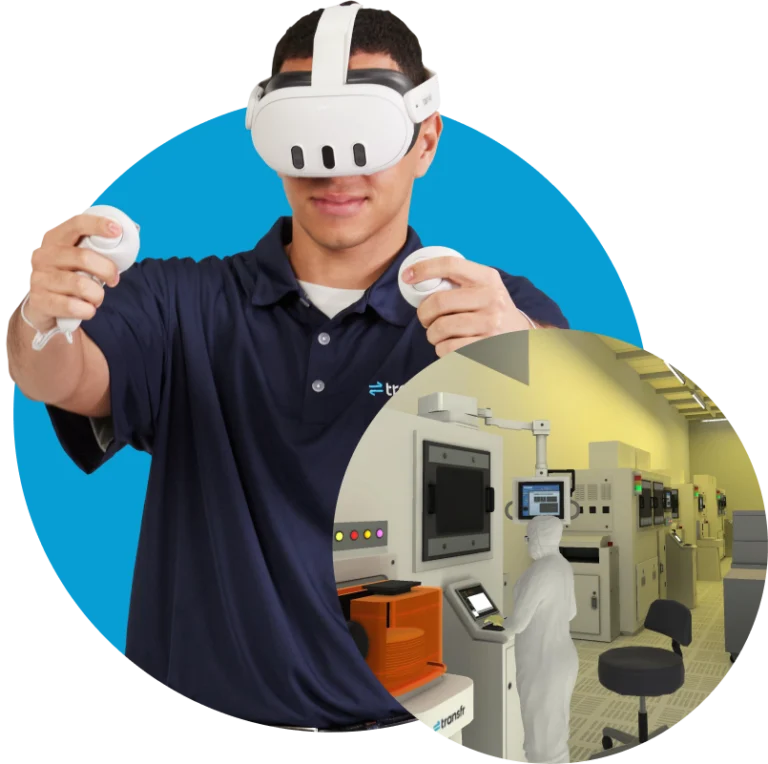


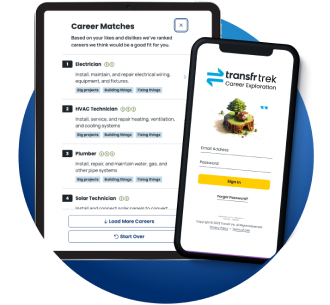
The labor market is evolving fast. Transfr helps Workforce Development Boards meet evolving employer needs with immersive, multi-modal career exploration and training solutions.
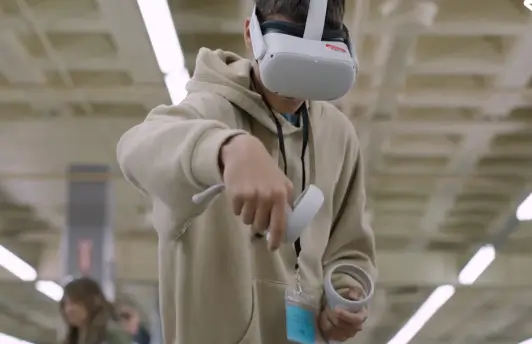
VR-based training programs offer truly immersive experiences that traditional classroom settings simply cannot replicate to effectively address critical skill gaps in the labor market.

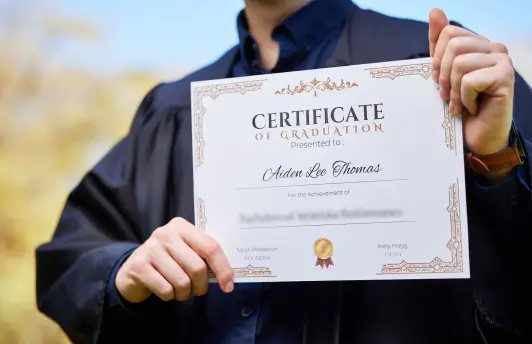
Immersive VR training mapped to national standards builds job-ready skills and provides a pathway to locally-driven industry recognized credentials.

Give all job seekers, including underserved populations, exposure to and training for in-demand, well-paying careers within and beyond their immediate community.
Transfr supports the entire work-based learning continuum and aligns with WIOA performance standards.
With Transfr, students and adults discover pathways in industries like healthcare, manufacturing, transportation, and construction — all within an engaging, interactive virtual environment.
Develop deeper industry partnerships by leveraging Transfr simulations in programs that teach real-world skills and reinforce workplace safety, technical precision, and confidence in job tasks. Our simulations are built with input from industry experts to ensure learners gain the skills employers actually need.
Transfr offers turnkey training programs to give learners foundational skills towards specific roles. Our programs are employer-informed, outcomes-driven, and accessible to diverse learner populations.


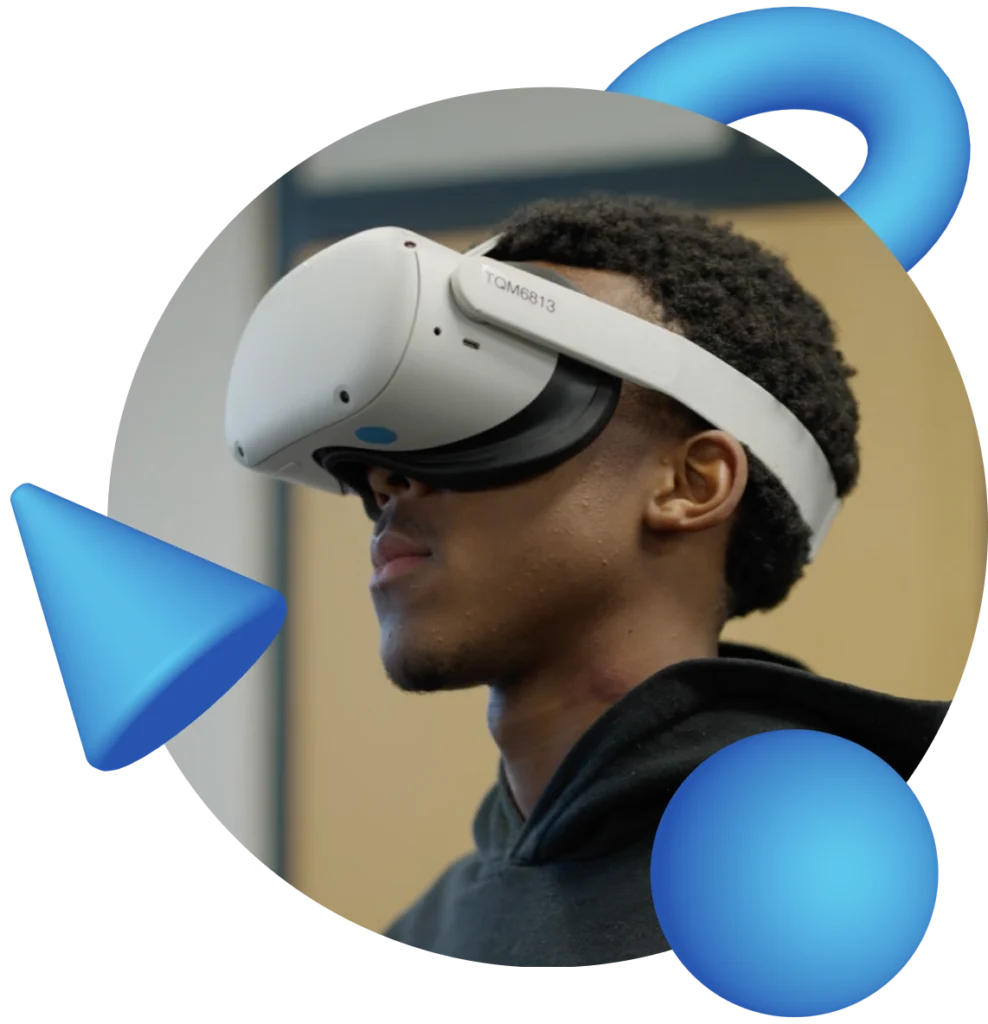
Here are a few examples of how Workforce Development Boards are using Transfr.
Create seamless pathways that connect career exploration, skills training, and credentialing, meeting industry needs and enabling job seekers to earn WIOA-recognized credentials.
Deploy short, turnkey programs to prepare trainees with fundamental skills towards specific careers.
Integrate VR career simulations into an existing program, or use our curriculum planner to create your own program.
Expand employment opportunities for people in underserved communities, including rural areas, through work-based learning experiences.
Develop programs for justice-impacted youth and returning citizens that provide essential resources and skills to support reentry and reduce recidivism.
Empower individuals with disabilities through accessible, judgment-free VR training that builds confidence, reduces barriers, and supports equitable preparation for in-demand careers.
With labor shortages growing, virtual training like Transfr VR sparks youth interest in trades and connects them to real-world paths. Early exposure and VR investment are key to a future-ready workforce.
In rural areas hit by poverty and joblessness, ARC-backed programs are creating hope by connecting people to resources and training. Using VR, communities spark interest in trades like welding, guiding individuals toward real career paths.
Dana Hudgins of Upstate Workforce Board uses tech and VR to build skills, engage clients, and meet employer needs. Their training improves job readiness and supports local economic growth.
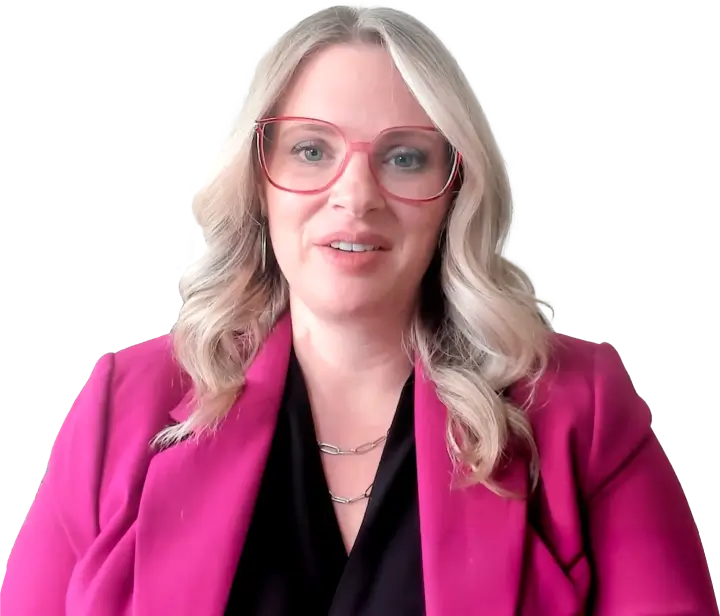
“Customers who train with Transfr VR simulations have the ability to master a skill, and their competency is measured, so they are able to get better exposure, build muscle memory, and prepare efficiently as they’re working towards credentialing…”
Dana Hudgins
Associate Director at the Upstate Workforce Board
South Carolina
“Transfr has been phenomenal. It’s very new and different, an amazing innovation. We’re able to bring these simulations out into the field and show them different careers. It’s been a life-changing experience for myself, the organization, and the students. Doing career exploration via VR gives them a different perspective.”
Luis Rodriguez
Career and Education Outreach Team
Texas Workforce Boards
“This is the future of workforce training. We’re looking forward to duplicating this success and building even stronger partnerships with local employers. The potential for growth and impact is incredible.”
Jason Blazen
Career Services Manager GST
Michigan Works

“What a great opportunity to engage students differently by leveraging technology in a virtual environment!’ Now they can explore not just one career but a broad swath of occupations that exist and make their own decisions about what they might be interested in.”
Cody Waits
Director Arkansas
OSD

How does Transfr support workforce training and job readiness?
Transfr provides immersive, hands-on training simulations that mirror real-world job tasks in industries such as manufacturing, healthcare, and skilled trades. Learners gain practical experience and build confidence in a safe, virtual environment, helping them transition more smoothly into the workforce.
Can Transfr help improve job placement outcomes?
Yes. By aligning simulations with in-demand skills and industry-recognized standards, Transfr prepares learners for real job opportunities. Many workforce boards use Transfr to bridge skills gaps and connect participants with local employers more effectively.
What industries or career pathways are available in Transfr’s training library?
Transfr offers a growing catalog of simulations covering high-growth sectors such as advanced manufacturing, construction, healthcare, logistics, and automotive. Each simulation focuses on key competencies that employers value, helping learners explore careers and build marketable skills.
Is Transfr compatible with local training centers or American Job Centers?
Absolutely. Transfr’s VR kits are easy to deploy in workforce training sites, job centers, and community-based programs. They don’t require complex setup and can be used with minimal staff training, making them ideal for high-traffic or multi-purpose spaces.
What funding sources are available to support Transfr implementation?
Transfr can be funded through a variety of federal and state workforce grants, including WIOA, ESSA, Perkins, and TANF. Our team can help you identify funding streams and provide support throughout the application and reporting process. Learn more about specific funding programs here.
How does Transfr support credentialing or skills verification?
Transfr simulations map to national standards and provide a pathway to industry-recognized credentials. Learners receive feedback and progress tracking that can support certification preparation or employer screening.
Can Transfr help connect learners with local employers?
Yes. Workforce boards often partner with regional employers to match Transfr training pathways with real job openings. This creates a direct pipeline from training to employment, helping job seekers gain skills that are relevant and in demand.
Workforce Development Boards are at the forefront of economic resilience and opportunity. Let Transfr be your partner in delivering innovative, job-aligned training that transforms lives and strengthens local economies.
